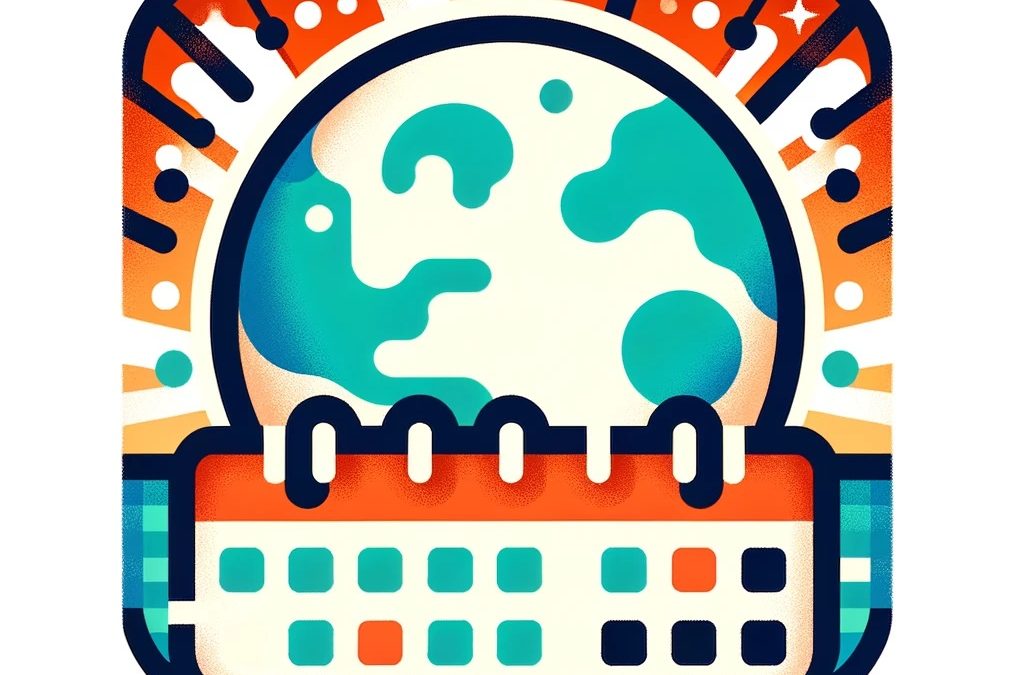The new year has begun. It’s our chance to start again, to do it right this time and have another shot at success. The idea has prevailed since the dawn of history.
New year celebrations date back more than 4,000 years, to the ancient Egyptians and Babylonians. Their celebration of the new year occurred around March 23 each year — logical for them, since spring represented the birth of new life.
The Babylonians made New Year’s resolutions, too — their most popular goal of self-improvement was “to return borrowed farm equipment.”
Romans observed the new year on March 25, but their calendar had fallen out of sync with the sun. In 46 B.C., Julius Caesar established what is known as the Julian calendar, with January 1 as the first day of the year.
In order to do it, Caesar had to let the previous year run for 445 days!
The tradition of using a baby to signify the new year began in Greece around 600 B.C. Greeks honored the god of wine, Dionysus, with a baby in a basket, representing the annual rebirth of that god as the spirit of fertility. Egyptians also used a baby as the symbol of rebirth.
Although Christians denounced the practice as pagan, the popularity of the baby as a symbol of rebirth forced the church to reevaluate its position. Its members were finally allowed to celebrate the new year with a baby, which was said to symbolize the birth of the baby Jesus.
The use of an image of a baby with a festive banner as a symbolic representation of the new year was brought to early America by the Germans. They had done so since the 14th century.

Recent Comments